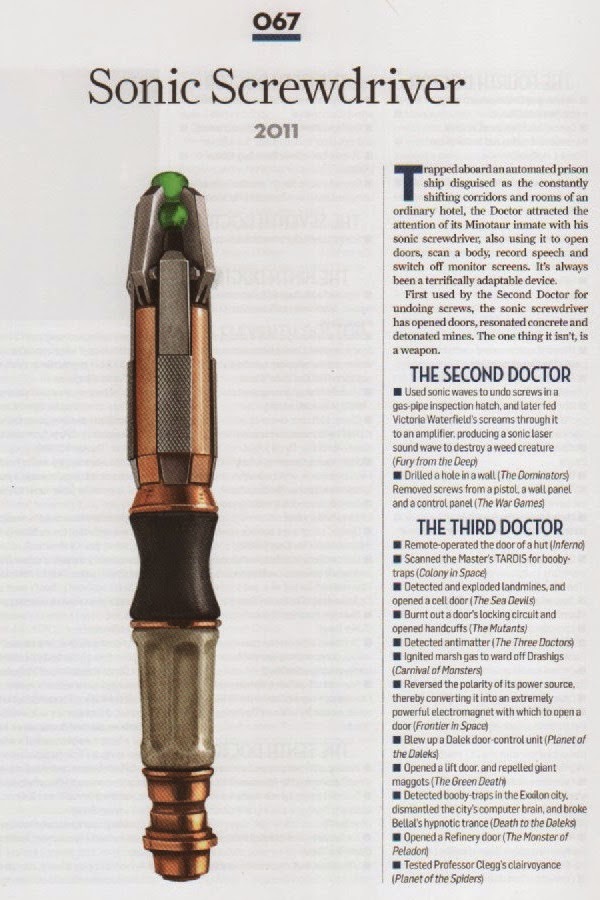Brian Cox's latest series
Human Universe finished last week, and I can't help but feel that I would have been a lot more impressed by it if it hadn't had the misfortune to come out later in the same year as Neil deGrasse Tyson's
Cosmos series. Because in his five one-hour programmes, Cox covers a lot of the same ground as Tyson - both series obviously drawing a lot of inspiration from Carl Sagan's original
Cosmos; both men are admitted fans of Sagan's - but Human Universe feels like the bargain basement version, with it looking to me like almost all of the BBC budget must have gone on Brian's foreign travel expenses.
That said, it clearly had a strong sense of purpose and a clear theme: humanity's place in the universe, hence the name. And some of the sequences, while lacking
Cosmos's effortless grandeur, were impressive, and some of the locations visited were spectacular. So still an excellent and worthwhile series, with all of Cox's trademark (albeit easily mockable) enthusiasm and charm put to good use extolling the accomplishments of humanity and the virtues of science.
Meanwhile, in
Cosmos, part 6 goes
Deeper, Deeper, Deeper Still. It begins by looking at atoms, with water molecules given as the example, and introduces us to tardigrades - tiny, literally microscopically tiny, creatures that live in water drops (although they can, it seems, live just about anywhere).
At the even smaller subatomic scale we see the workings of plants as they turn carbon dioxide into oxygen and sugars, the 'machinery' of photosynthesis being represented as animated machinery. (This bit makes me a little sad that I didn't study Biology at school, and perhaps gives me a taste of what watching
Cosmos would feel like for someone without my level of education in other sciences.)
The historical animation sequence of this episode takes us to Ancient Greece of 2,500 years ago - the time of the first theatre, the first ideas of democracy, and the first ideas of atoms in the minds of the philosophers Thales and Democritus.
We return to the present with a slightly stupid bit about how objects never really touch because, at the molecular level, the nuclei of the atoms never touch (because atoms are "mostly empty space"). This is something of a useless technicality - perhaps someone should try their luck with it in court!
It quickly gets much better by moving on to discuss a place where atomic nuclei do touch - at the heart of the sun where hydrogen atoms are fused to become helium. Larger stars than the sun fuse helium and even other heavier elements in their cores.
This leads on to my favourite scene from this programme, with Tyson discussing neutrinos.
Tyson visits the Super-Kamioka Neutrino Detection Experiment, deep underground in Japan, required for the detection of the elusive neutrino particle - a scene reminiscent of the way Brian Cox illustrated his Human Universe by visiting interesting locations, laboratories, or scientific establishments.
Neutrinos from a supernova hit Earth about 3 hours before the light - but they don't travel faster than the light, they just get ejected first, before the explosion shockwave. Neutrinos were theorised years before their discovery by Wolfgang Pauli, who needed them to exist for his Conservation of Energy theory.
Tyson illustrates conservation of energy by way of this practical demonstration.
Calling back to the previous episodes, we can see back in time so far by looking for old light. And then neutrinos allow us to see back further - neutrinos from the beginning of time, before any light was able to shine, are spread throughout the universe.






























